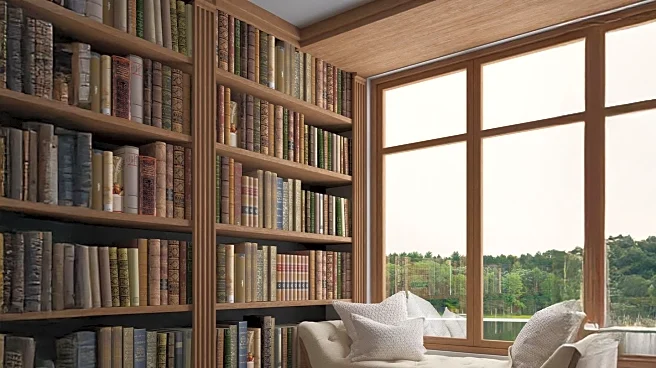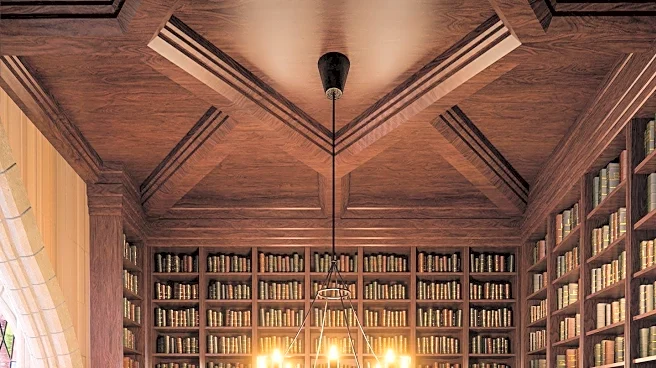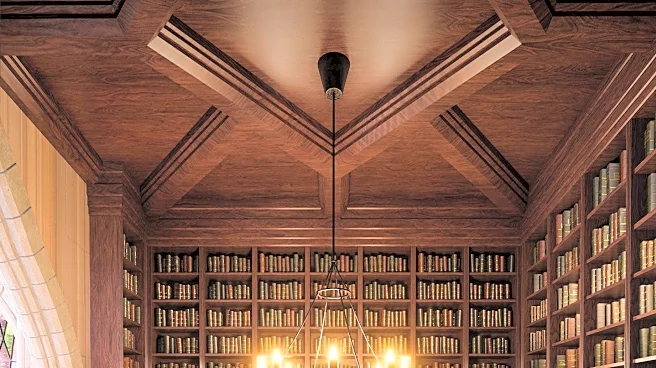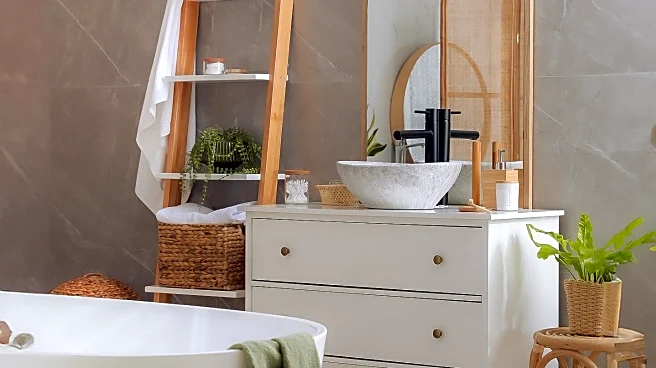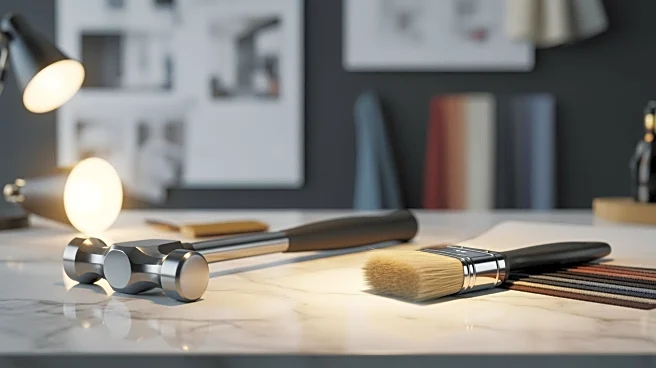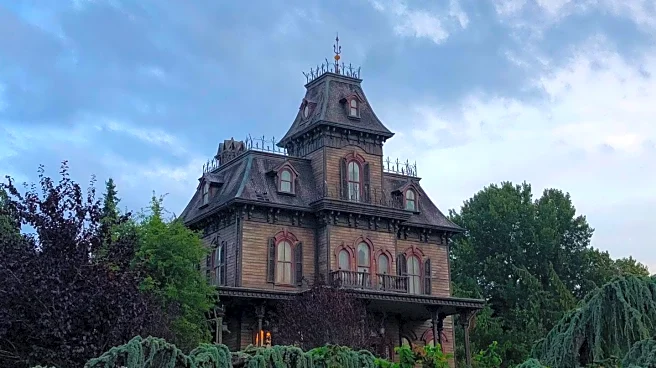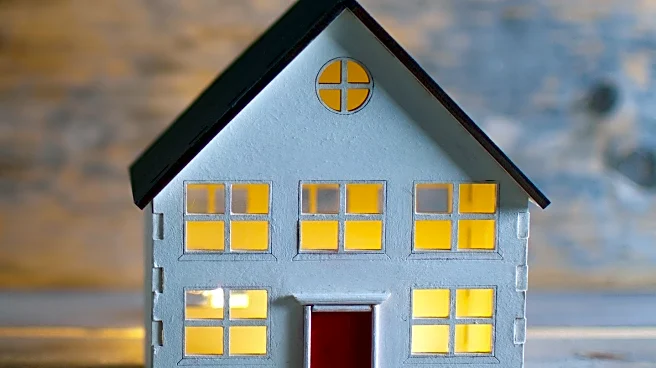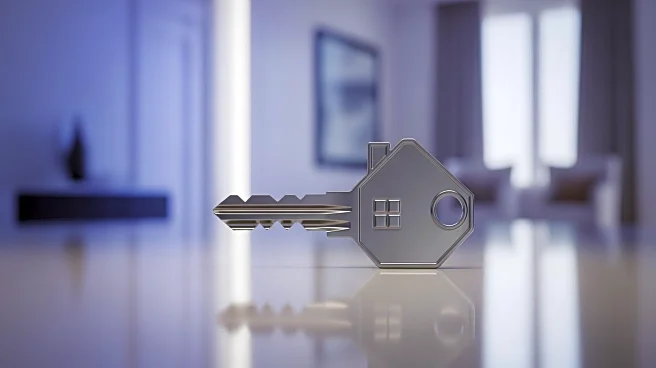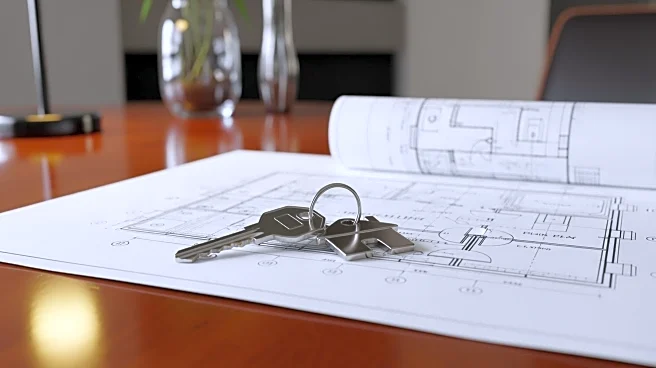What's Happening?
Experts in architecture and interior design have revealed various indicators that may suggest the presence of hidden rooms or secret spaces within homes. Isfira Jensen, CEO of Jensen & Co. Interiors, and real
estate expert Jackie Coffey have shared insights on how architectural quirks, such as unusually thick walls, misaligned doors, and uneven flooring, can hint at concealed areas. These hidden spaces are often the result of remodeling or structural adjustments over the years. Homeowners are advised to look for multiple inconsistencies, such as mismatched floor levels and strange doors, which could indicate a concealed area. Additionally, windows visible from the outside but not inside, shorter hallways, and cold drafts may also suggest hidden spaces.
Why It's Important?
The identification of hidden spaces in homes can have significant implications for homeowners, particularly in terms of property value and renovation opportunities. Discovering these spaces can lead to increased usable square footage, potentially enhancing the home's market value. For those interested in home improvement, uncovering hidden areas can provide new possibilities for redesign and expansion. Moreover, understanding the architectural history and quirks of a property can offer insights into its structural integrity and past renovations, which is valuable information for both current and prospective homeowners.
